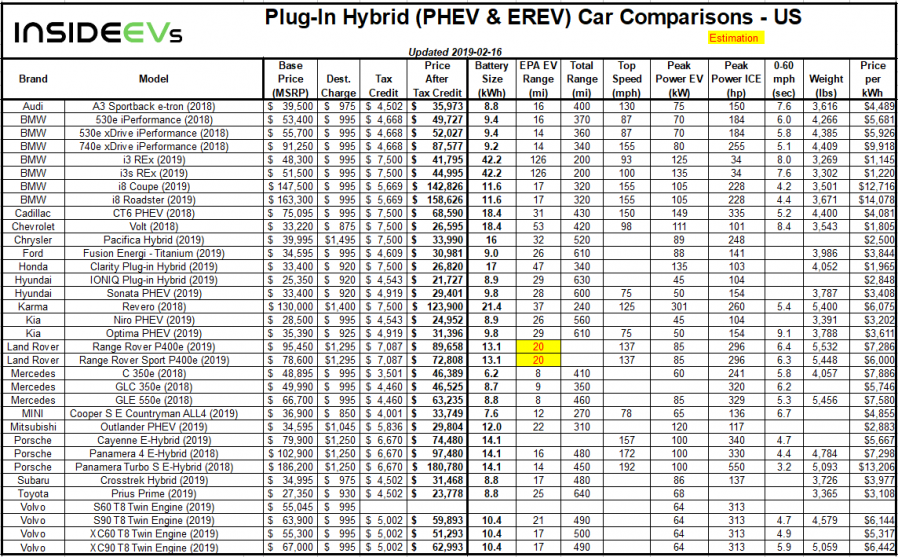
This lets the PHEV store a surplus of electricity in its battery, which can be used to drive for shorter distances using no fuel at all. In a PHEV, there’s a plug, which drivers can connect to a charger. This works the same way as the hybrid above, with one exception. The second is a plug-in hybrid, or PHEV (plug-in hybrid electric vehicle).

The first is a conventional hybrid, which we’ll simply be calling a “hybrid.” In a hybrid, the gasoline engine is assisted by an electric motor that’s powered by a self-sustaining battery that charges automatically as you drive around. There are, however, a few affordable options for buyers after an AWD vehicle with hybrid power – and we’ll take a look at those below.īut first, some housekeeping, since we’ll be looking at two types of hybrids. Affordable hybrid options are commonly front-wheel-drive, and though AWD-equipped hybrids are available, they tend to come with a premium badge on the hood, and a price tag to match. Thing is, these two in-demand technologies are rarely seen together on the average Canadian’s side of the pricing spectrum. With most shoppers ticking the “AWD” box on the options list, most pricier cars just include it automatically – like power windows or cruise control.Ĭanadians have increasing options in affordable AWD cars these days, and they’ve got increasing options in affordable hybrid-powered cars, too. It’s an approach luxury automakers in this country have taken for years. The latest Nissan Altima too includes never-before-seen AWD – standard on every trim grade. Canadian shoppers love AWD so much that it’s recently become available on cars that never offered it before – including the Mazda3, Dodge Challenger, and Toyota Camry.


 0 kommentar(er)
0 kommentar(er)
